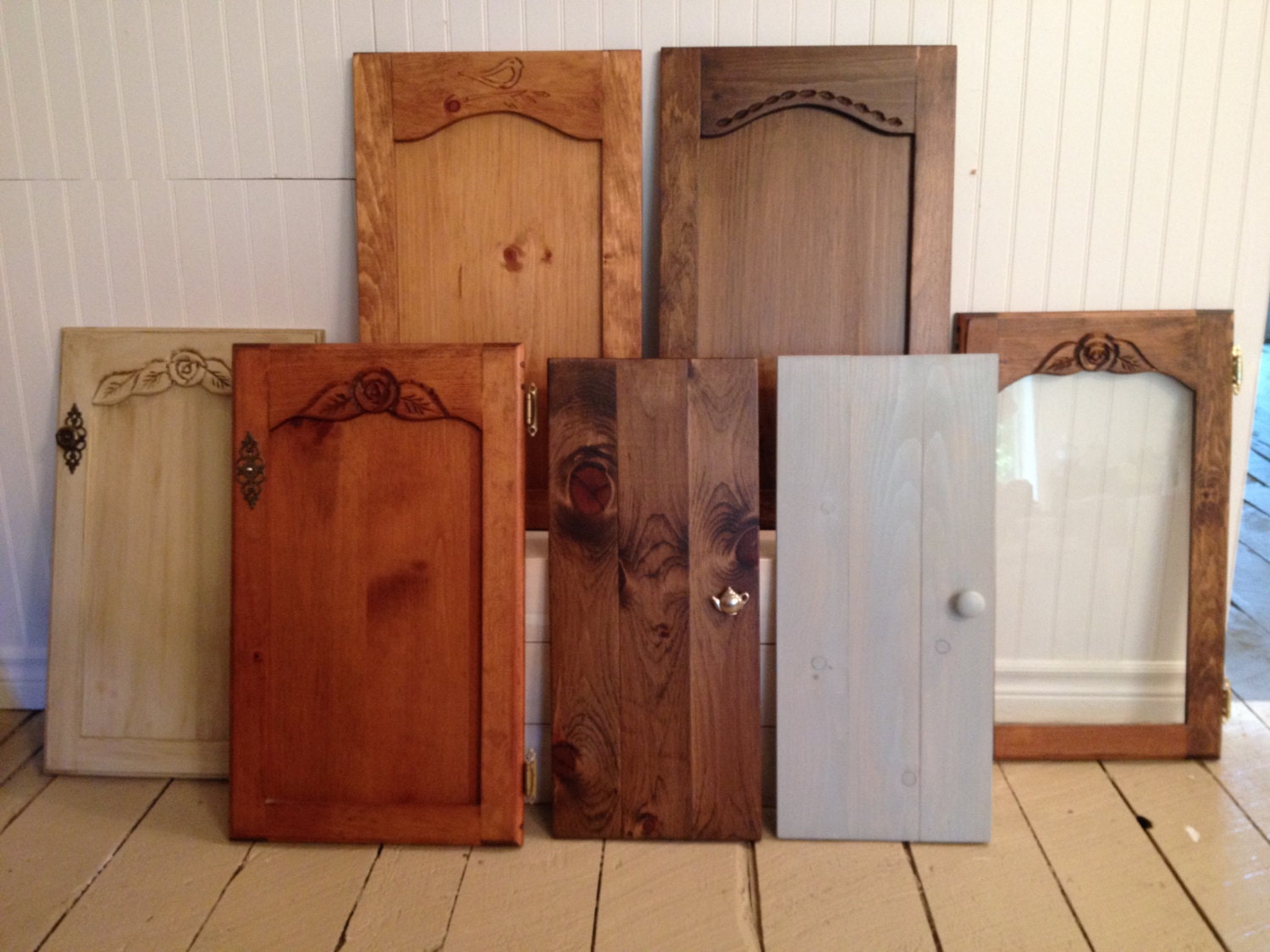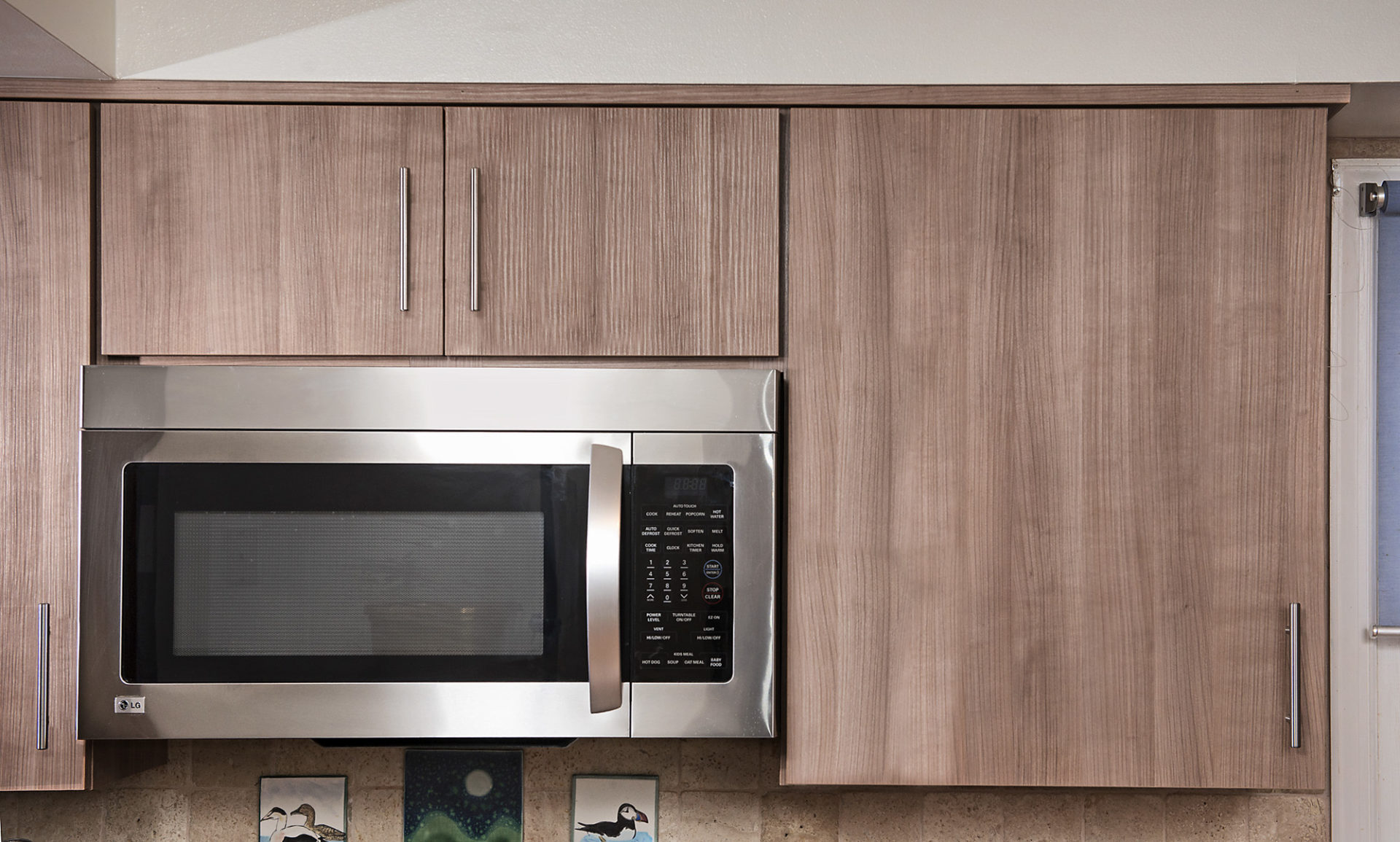Practical Aspects of Replacement

Replacing your kitchen cabinet doors is a significant undertaking, but with careful planning and execution, it can be a rewarding DIY project or a manageable task for a contractor. This section details the practical steps involved, various removal methods, and a cost comparison to help you make informed decisions.
Replacing kitchen cabinet doors before and after – Successfully replacing cabinet doors hinges on meticulous preparation and a systematic approach. Accurate measurements are crucial to ensure a perfect fit, and understanding the different removal techniques can save time and prevent damage to your cabinets.
Step-by-Step Cabinet Door Replacement
The process of replacing kitchen cabinet doors can be broken down into manageable steps. Following these steps will ensure a smooth and efficient renovation.
- Preparation: Gather all necessary tools and materials. This includes a measuring tape, screwdriver (Phillips and flathead), level, pencil, safety glasses, and possibly a pry bar or putty knife (depending on the removal method). Also, have your new cabinet doors and any necessary hardware (hinges, knobs, pulls) ready.
- Removal of Old Doors: Carefully remove the old cabinet doors using one of the methods described in the next section. Take note of the hinge placement and any other relevant details for accurate reinstallation.
- Measurements: Before installing new doors, double-check the dimensions of the cabinet openings to ensure the new doors fit properly. Any discrepancies should be addressed before proceeding.
- Installation of New Doors: Attach the new cabinet doors to the existing cabinet frames using the appropriate hinges. Ensure the doors are level and aligned. This may require adjusting the hinge screws.
- Hardware Installation: Install new knobs, pulls, or handles. Ensure they are securely fastened and aligned.
- Final Inspection: Inspect the newly installed doors to ensure they are properly aligned, level, and function correctly. Make any necessary adjustments.
Cabinet Door Removal Methods
Several methods exist for removing old cabinet doors, each with its own advantages and disadvantages. Choosing the right method depends on the type of hinges and the condition of the doors and cabinets.
| Method | Pros | Cons | Tools Required |
|---|---|---|---|
| Unscrewing Hinges | Safest method; minimizes damage; preserves hinges for reuse (if possible). | Time-consuming if many doors; requires careful attention to avoid stripping screws. | Screwdriver (Phillips and flathead), possibly a small hammer. |
| Using a Pry Bar | Quick and efficient for multiple doors; suitable for stubborn doors. | Higher risk of damaging doors or cabinets; requires careful technique to avoid scratches. | Pry bar, possibly a wood block to protect the cabinet. |
| Using a Putty Knife | Gentle method; minimizes damage to cabinets; suitable for delicate doors. | Slower than other methods; may not be effective for all hinge types. | Putty knife, possibly a small hammer. |
Cost Comparison: Replacing Doors vs. Replacing Cabinets
Replacing cabinet doors is generally a more cost-effective solution than replacing the entire cabinetry system. However, the overall cost depends on several factors, including the number of doors, material choices, and labor costs.
Replacing Doors: Material costs typically range from $50 to $200 per door, depending on the material (e.g., wood, laminate, melamine) and style. Labor costs can vary significantly depending on the contractor’s rates and the complexity of the project, but generally range from $50 to $150 per door for installation. For example, replacing 10 doors could cost between $1000 and $3500.
Replacing Cabinets: A complete cabinet replacement can cost anywhere from $5,000 to $20,000 or more, depending on the size of the kitchen, materials used (custom vs. stock), and level of finish. Labor costs are substantially higher due to the extensive work involved in demolition, installation, and finishing.
Long-term value is significantly greater with cabinet replacement, offering a complete kitchen upgrade. However, replacing only the doors provides a cost-effective solution to refresh the kitchen’s aesthetic without the major expense and disruption of a full cabinet replacement. The choice depends on budget, desired outcome, and the overall condition of the existing cabinetry.
Style and Design Considerations: Replacing Kitchen Cabinet Doors Before And After

Replacing kitchen cabinet doors presents a fantastic opportunity to transform the entire aesthetic of your kitchen. Careful consideration of style, materials, and hardware will ensure the final result complements your existing décor and reflects your personal taste. The choices you make in these areas will dramatically impact the overall look and feel of the space, from modern minimalism to rustic charm.
Cabinet Door Styles
The style of your cabinet doors significantly influences the kitchen’s overall design. Choosing the right style can either enhance or detract from the existing aesthetic. Here are five distinct styles and their applications:
- Shaker: Characterized by a simple, flat center panel framed by a raised edge, Shaker style doors offer a timeless and versatile appeal. Their clean lines suit both traditional and contemporary kitchens, providing a balanced and understated elegance. They can be made from various materials, maintaining their classic appeal regardless of the chosen wood or finish.
- Slab: Slab doors feature a completely flat front, creating a sleek and minimalist look. Ideal for modern and contemporary kitchens, slab doors offer a clean, uncluttered aesthetic. Their simplicity allows other kitchen elements, such as countertops and backsplashes, to take center stage.
- Raised Panel: These doors feature a raised center panel, adding depth and visual interest. Raised panel doors are a classic choice, often found in traditional and transitional kitchens. The raised panel can be subtly detailed or feature more ornate carvings, depending on the desired level of formality.
- Beaded Inset: This style incorporates a recessed center panel with a beaded edge, adding a touch of rustic charm. Beaded inset doors are well-suited for farmhouse, cottage, and country-style kitchens, bringing warmth and character to the space. The beaded detail creates a subtle textural element.
- Glass-Front: Glass-front doors, whether framed or frameless, offer a contemporary and sophisticated look. They allow for the display of attractive dishware or glassware, adding a personalized touch to the kitchen. Glass-front doors work well in both modern and traditional settings, depending on the frame style and the type of glass used.
Material Impact on Kitchen Aesthetics
The material of your cabinet doors significantly impacts the overall look and feel of your kitchen. Each material offers unique visual and functional properties.
- Wood: Wood doors offer warmth, durability, and a natural beauty that complements various styles. Different wood types (oak, cherry, maple) provide unique grains and colors, allowing for customization. Wood doors are suitable for traditional, transitional, and even some modern kitchens, depending on the finish and style of the door.
- Laminate: Laminate offers a cost-effective alternative to wood, providing a wide range of colors and finishes. It’s durable and easy to maintain, making it a practical choice for busy kitchens. Laminate can mimic the look of wood or other materials, making it versatile for different design styles. However, it lacks the inherent warmth and character of real wood.
- Glass: Glass doors add a touch of elegance and modernity. They can be combined with wood or other materials for a mixed-media look. Glass doors are ideal for showcasing attractive dishes or glassware, adding a personalized touch to the kitchen. The type of glass (clear, frosted, textured) will influence the overall aesthetic.
Impact of Cabinet Hardware, Replacing kitchen cabinet doors before and after
Cabinet hardware plays a surprisingly significant role in the overall kitchen design. Even a simple change in knobs or pulls can dramatically alter the look and feel of the space.
- Knobs: Knobs are compact and often preferred for their simple elegance. They range from simple spherical designs to more ornate and detailed styles. Small, minimalist knobs suit modern kitchens, while larger, more decorative knobs complement traditional designs.
- Pulls: Pulls offer a more substantial grip and are available in various lengths and styles. Bar pulls create a sleek, modern look, while cup pulls offer a more traditional feel. The metal finish (nickel, brass, bronze) further influences the overall aesthetic.
- Handles: Handles can be more substantial than pulls, offering a different tactile experience. They can be integrated into the door design or stand out as a statement piece. The choice of handle shape and finish will significantly impact the overall style of the kitchen.
